About 2015 Emperor's Royal Pu-erh Ripe Loose Leaf Tea
Our 2015 Emperor’s Royal Pu-erh is produced by the famous Yunnan Menghai tea factory. It is made of the most delicate leaf tips from wild big-leaf tea trees. In the old days, common people were allowed to pick leaves from these trees only after the royal household had already picked theirs, meaning that the best part of the tea tree of this Pu-erh was only available to the royal family, as a symbol of wealth and power. The reason it was so popular among the royal family was that it has outstanding health benefits, including relieving the uncomfortableness after eating a greasy meal or loosening the bowels to relieve constipation. Considering that the royal family had luxurious food every day including massive amount of meat delicacies, it is not surprising that the tea became popular!





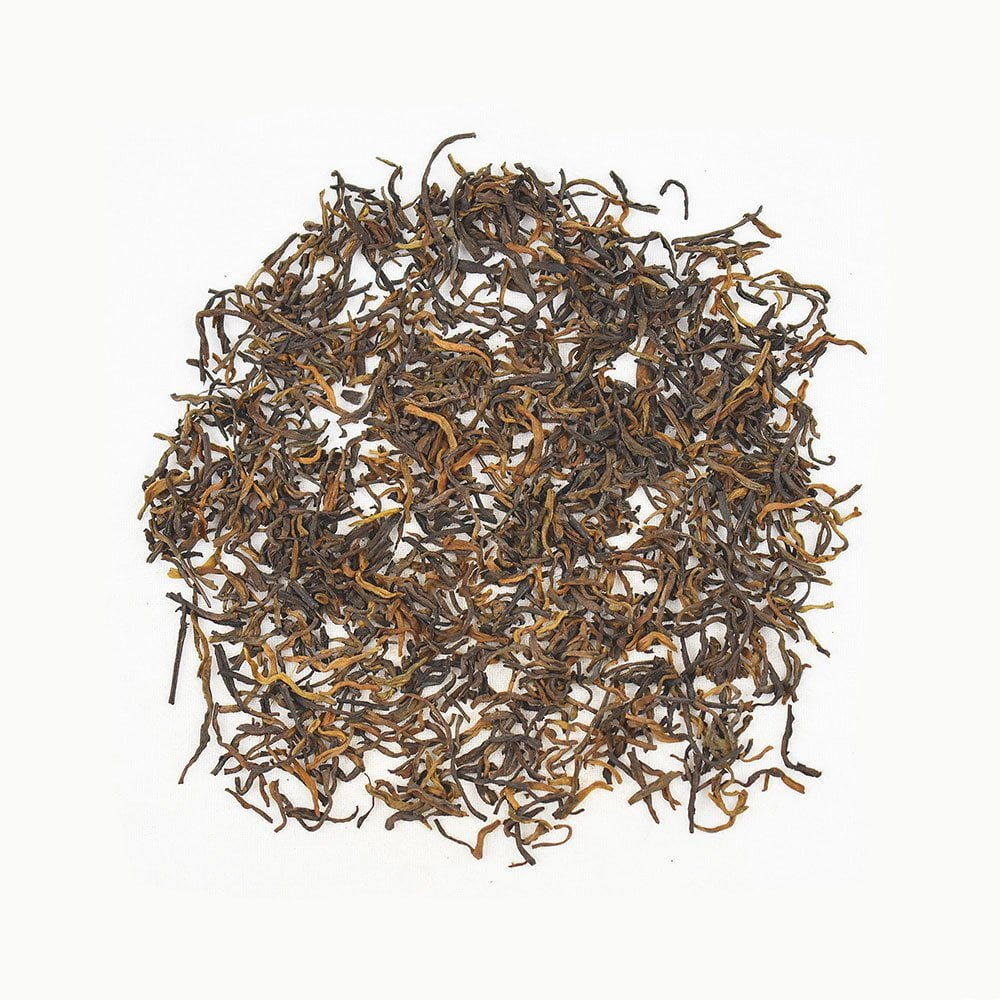
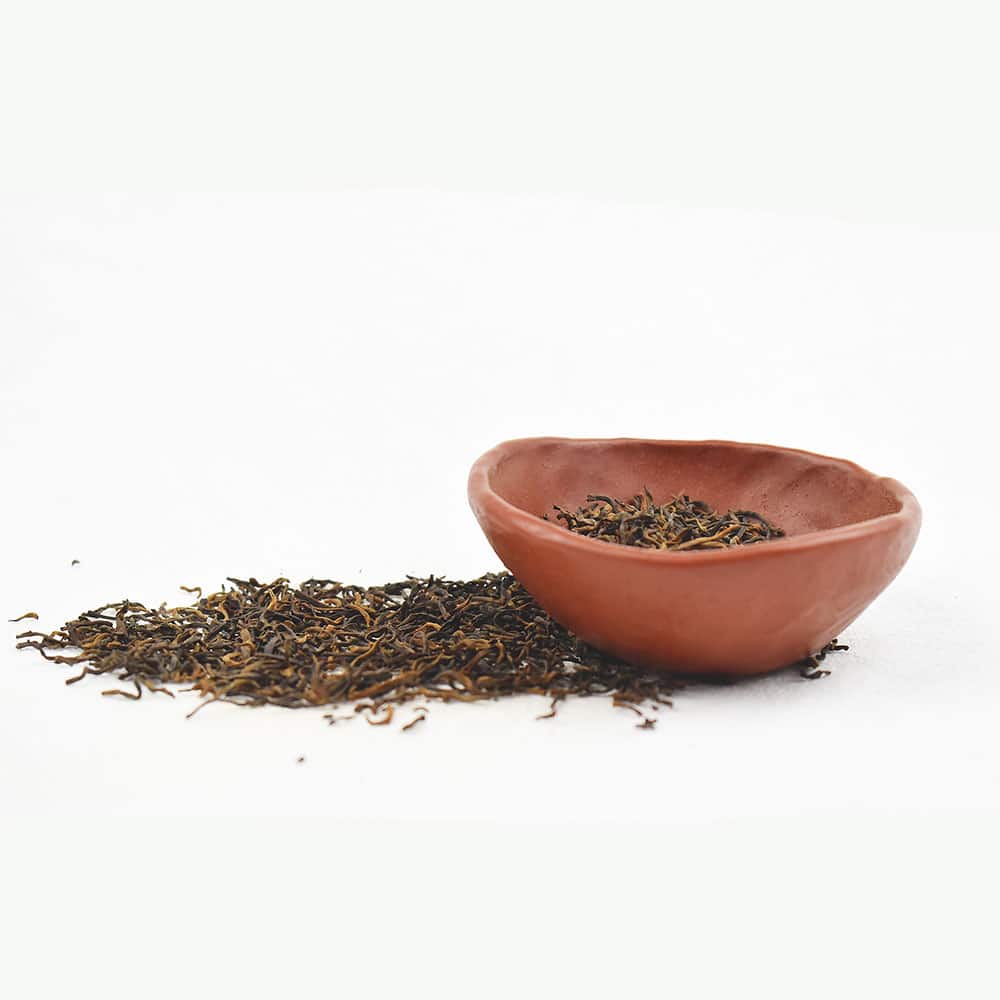
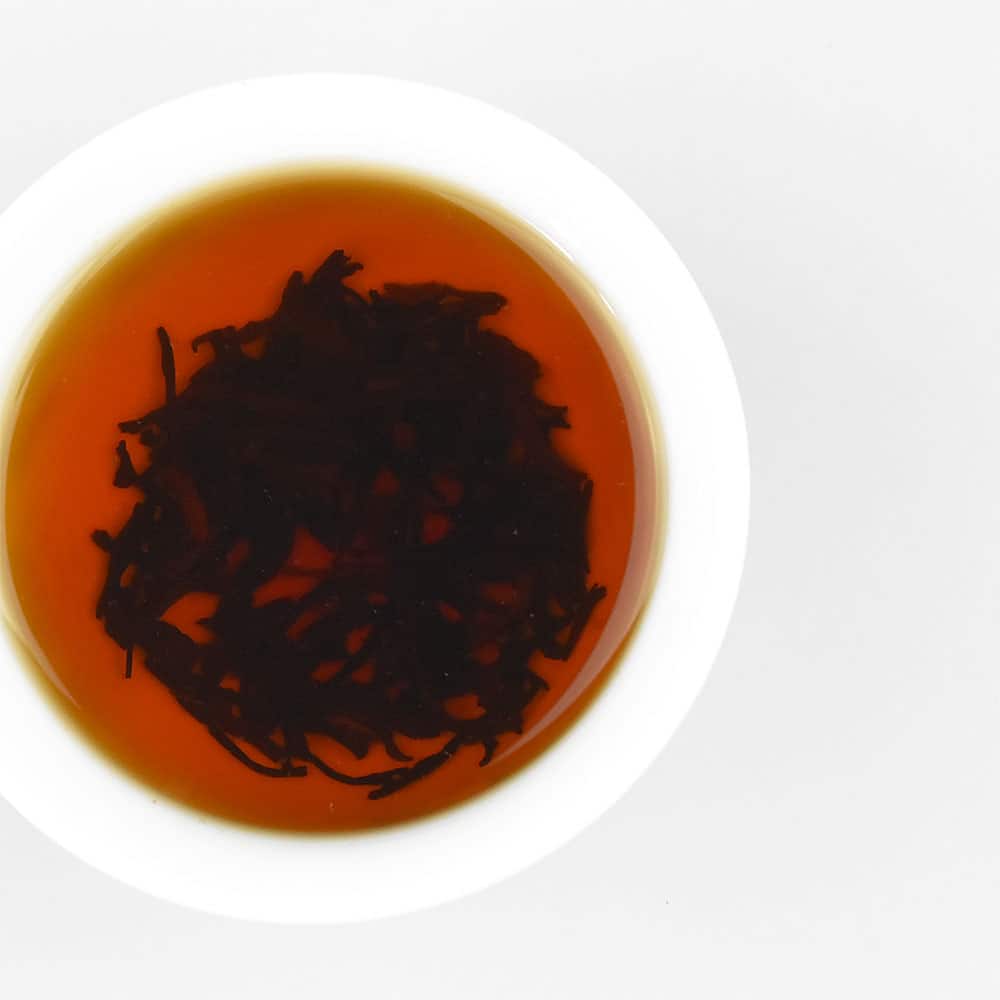
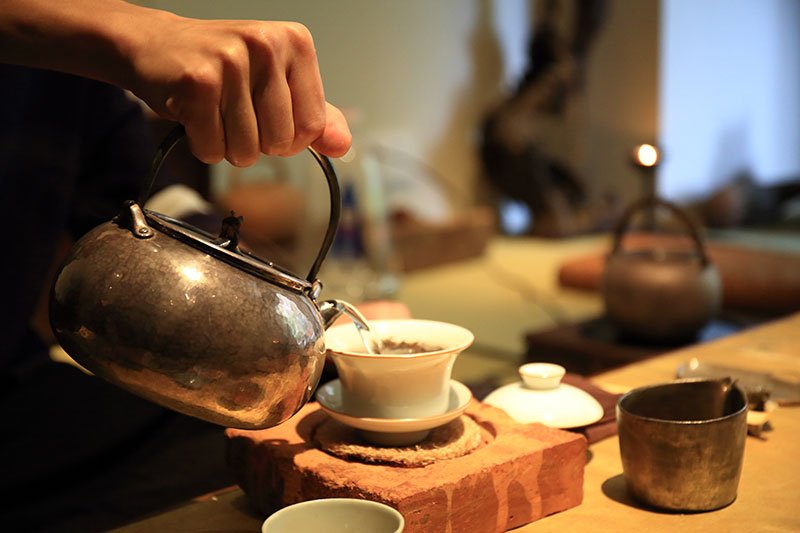
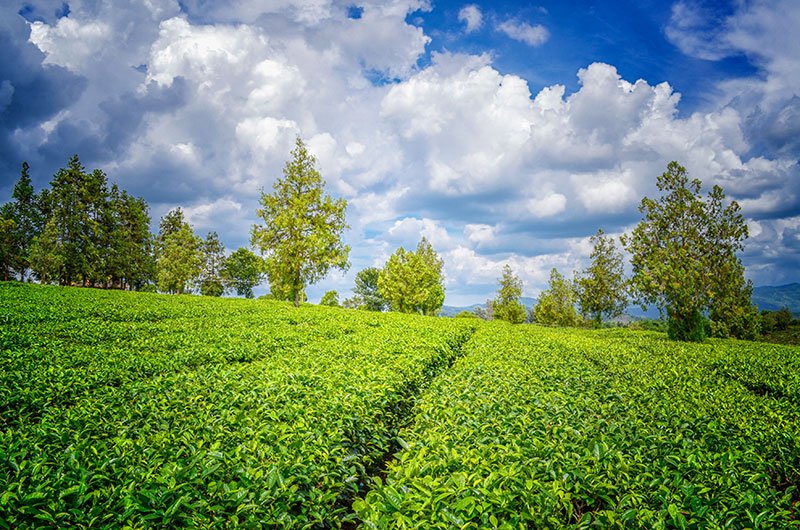
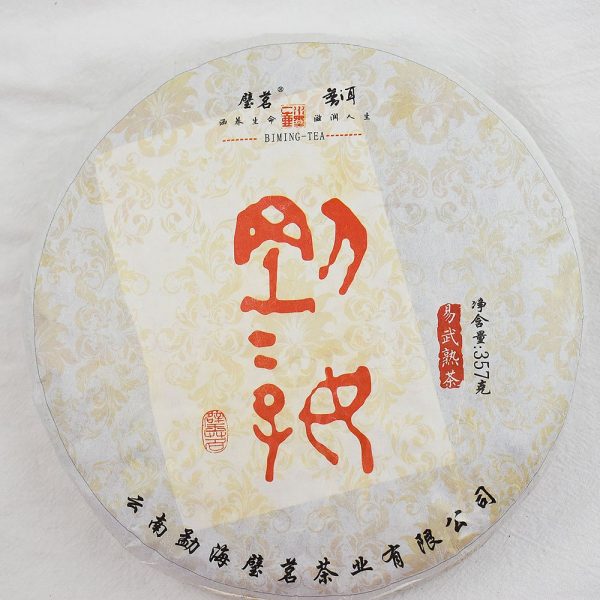
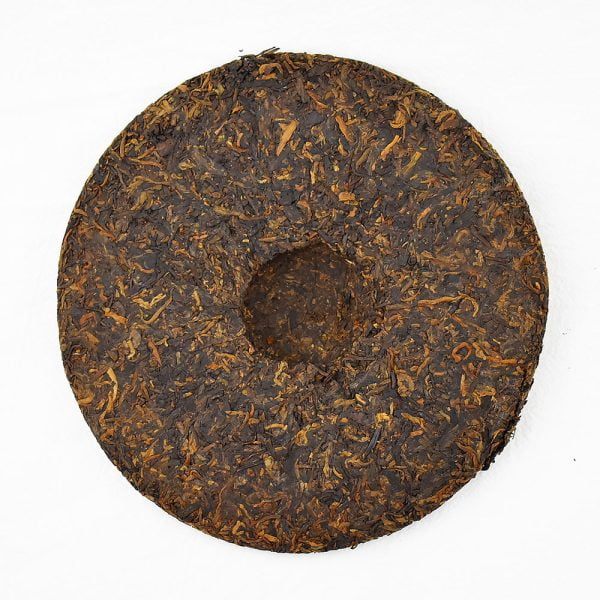
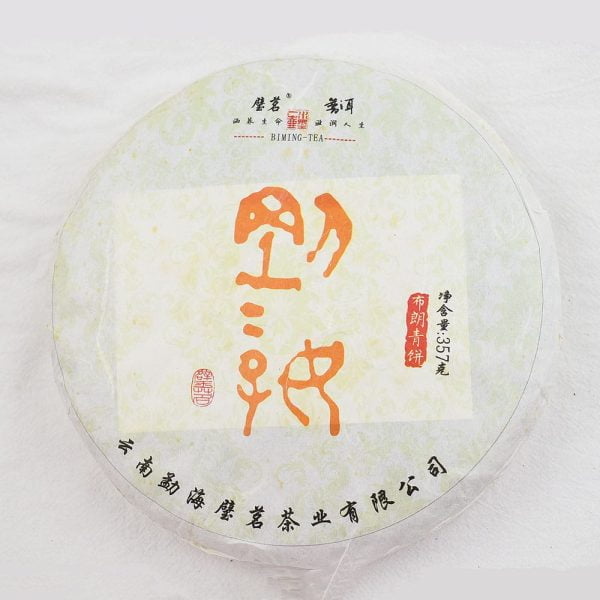
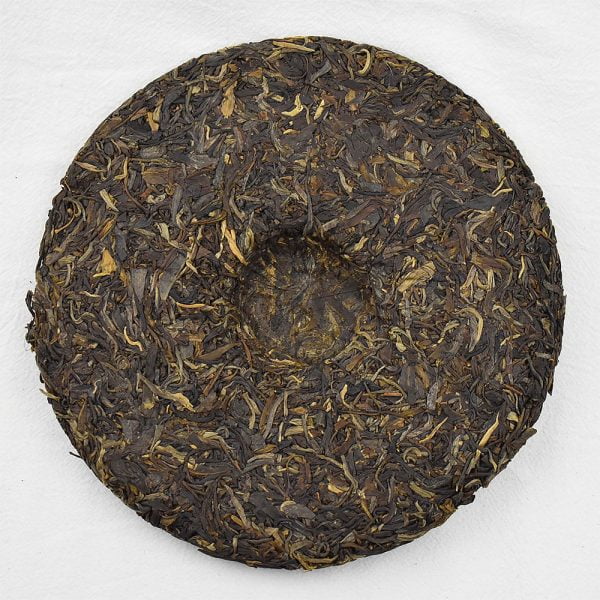
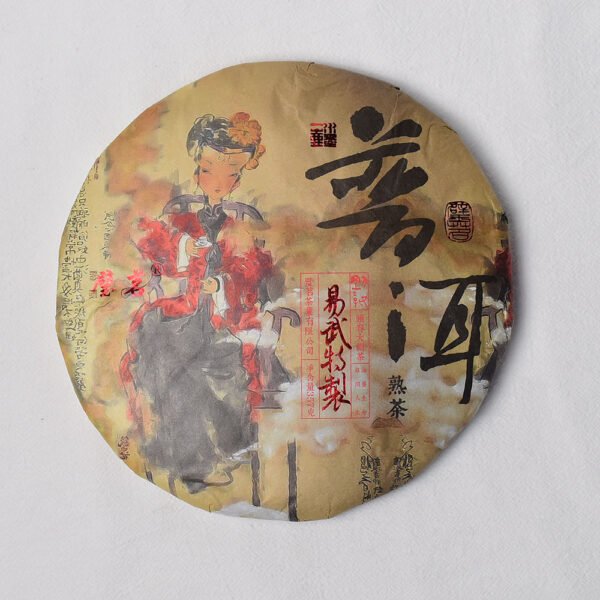
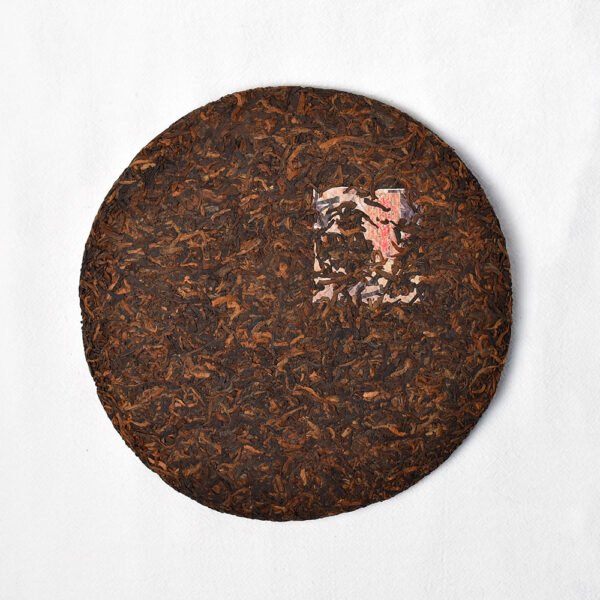
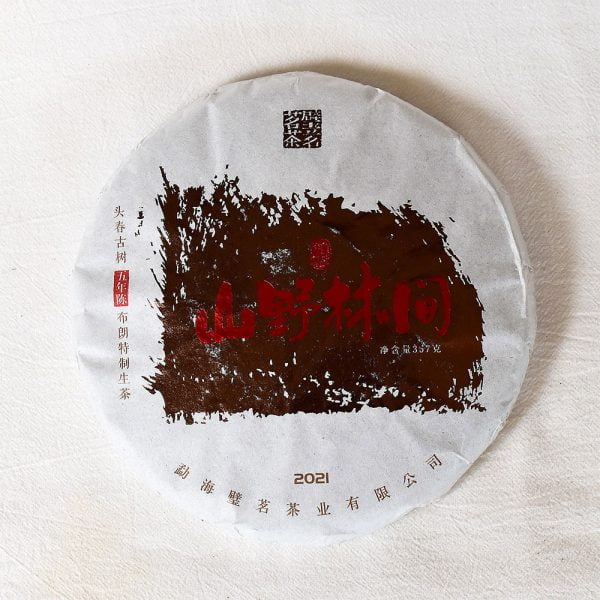
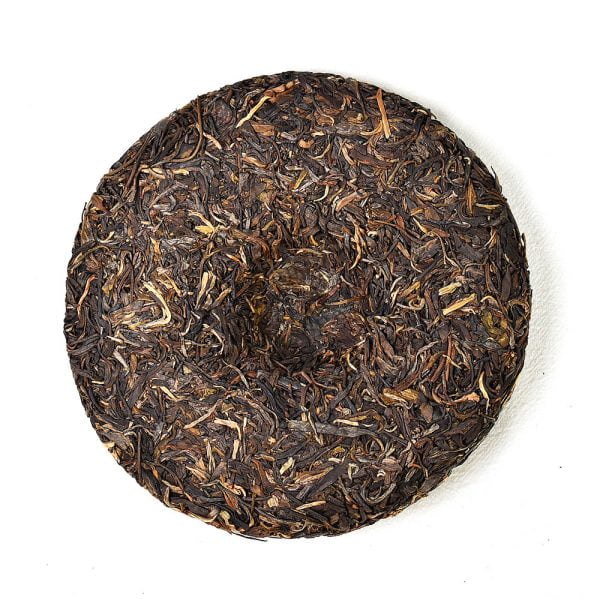
Ella C. –
This royal loose leaf tea is one of my favourites. It has a nice flavour and is full of depth.
Sofia H. –
I can vouch for the positive impacts this tea has on your digestive system. Add to that the fact it tastes delicious, and I can see why it was a royal tea for so long!
Leon M. –
Similar to King of Pu-erh tea, this tea creates a red soup and has a rich fragrance and earthy taste.
Luka K. –
Beautiful tea, the fragrance can be likened to a damp-dewy forest filled with mushrooms, as well as other considerable earthy notes. When brewed properly – there is a profound salty/caramel sweetness that comes through. Highly recommend.
Ben G. –
HC is not only providing the best tea but also a lot of information too. I loved this tea. I never read about the ancient history of this tea. This Tea provides much comfort to me and my family.
Recommended to every tea lover.
William F. –
If you’re looking to get rid of a sore throat or a severe congestion, this tea is one of your best bets. It also helps ease constipation better than green tea. No matter what your diet is, this tea works the best in reliving acidity and loosening the bowels.